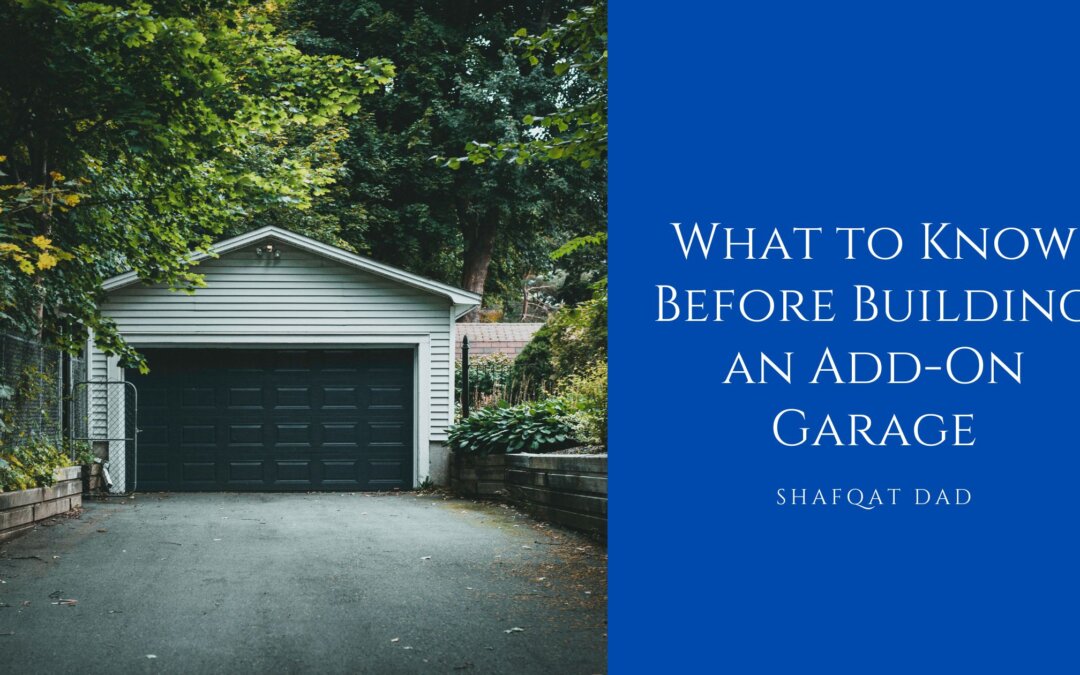Adding a garage to your property can provide valuable storage space, protect your vehicles from the elements, and even increase the value of your home. However, before embarking on constructing an add-on garage, several important factors must be considered. From local regulations to design considerations, here’s what you need to know before breaking ground:
1. Local Zoning and Building Codes
Before starting any construction project, it’s essential to familiarize yourself with local zoning ordinances and building codes. These regulations govern aspects such as setback requirements, maximum building height, and minimum lot size. Failure to comply with these regulations can result in fines, project delays, or even the demolition of your newly built garage. Consulting with local authorities or hiring a knowledgeable contractor can help ensure that your garage project meets all necessary legal requirements.
2. Permitting Process
In most jurisdictions, obtaining the necessary permits is a crucial step before beginning construction on any new structure, including an add-on garage. The permitting process typically involves submitting detailed plans and specifications to the local building department for review and approval. Be prepared to pay permit fees and adhere to any conditions or restrictions the permitting authority imposes. Skipping this step can lead to costly legal issues and delays down the road.
3. Design Considerations
The design of your add-on garage should complement your home’s existing architecture while also meeting your functional needs. Consider factors such as the size of your vehicles, storage requirements, and aesthetic preferences when designing the layout and appearance of your garage. Additionally, consider whether you want to incorporate windows, insulation, or electrical outlets into your garage design. Working with a qualified architect or designer can help ensure that your garage meets both your practical and aesthetic goals.
4. Budget and Financing
Building an add-on garage can be a significant financial investment, so it’s important to establish a realistic budget before starting construction. Take into account not only the cost of materials and labor but also any additional expenses such as permits, site preparation, and landscaping. If necessary, explore financing options such as home equity loans or construction loans to help cover the cost of your garage project. Be sure to factor in contingencies for unexpected expenses to avoid budget overruns.
5. Contractor Selection
Choosing the right contractor is essential for the success of your add-on garage project. Look for a licensed, insured contractor with experience in building similar structures in your area. Obtain multiple bids, check references, and ask for examples of past projects before deciding. A reputable contractor will work closely with you to understand your vision, address any concerns, and ensure that your garage is built to the highest standards of quality and craftsmanship.
In summary, building an add-on garage is a significant undertaking that requires careful planning and consideration. By familiarizing yourself with local regulations, obtaining the necessary permits, carefully designing your garage, establishing a realistic budget, and selecting a qualified contractor, you can ensure your garage project is successful. With proper planning and execution, your new garage can provide you and your family years of functionality and enjoyment.

